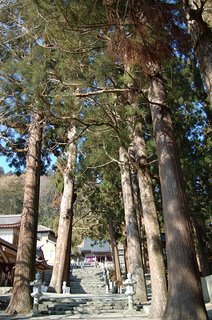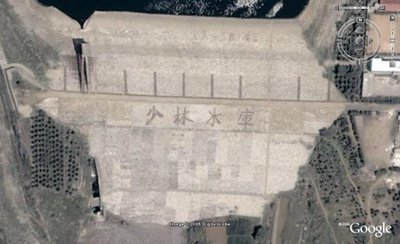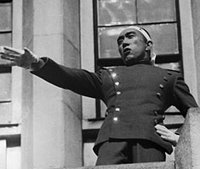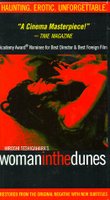
Have you ever completely lost a memory that you would really love to regain? Today I spent hours trying to regain one in particular. In around 2001, I went hitchhiking with an American friend called Dave Murray from
Nagoya in Japan to the
island of Shikoku. We had a fantastic time - we both spoke Japanese and talked to an eclectic mix of people along the way. The aim was to escape from the city as much as we could - we had spent almost a year in Nagoya, studying at
Nanzan University.
After a night in
Kobe, where we stayed overnight in a dance club, we arrived in Shikoku in the city of
Tokushima (徳島). We then caught a bus out into the middle of nowhere, to a little village with a
Ryokan. This little village was tiny, in the middle of a forest surrounded by mountains, and perfectly idyllic. We found out that there was a temple nearby - a temple which was on the ancient traditional
88 temple pilgramage of Shikoku.
We stayed one night in the Ryokan before we adventured to the temple - it was a very very long climb and neither of us were the fittest people in the world, but we met lots of interesting people on the way. I distinctly remember residents running out to give us food for our quest. When we got to the top the temple was very beautiful, and we made friends with a young boy and his mother, who told us a bit about her life story living near the temple.
Later (I'm not sure how many days we stayed) we returned to Tokushima and spent some time in a youth hostel there. We went to a top of a high hill, where there was a park, and some young kids recited English books and Japanese poetry to us. Finally we hitchhiked half the way back to Nagoya, at one point walking across
a huge bridge with a whirlpool underneath, and then got the train back home.
Its funny, its been such a long time since I've thought about it or talked about it that the details have completely escaped me - its taken a lot of effort today to just get these details. I'm guessing the temple is one called
Shousanji (焼山寺), and I still don't know what the village or ryokan were called.
On my way though I discovered a wonderful site called
the temple guy. This site is owned by a man who travels Asia visiting temples. In his Shikoku section he visits every temple on the pilgramage. Worth a visit!
In the meantime, I'll keep chasing memories! I feel an excuse for a holiday coming on.





